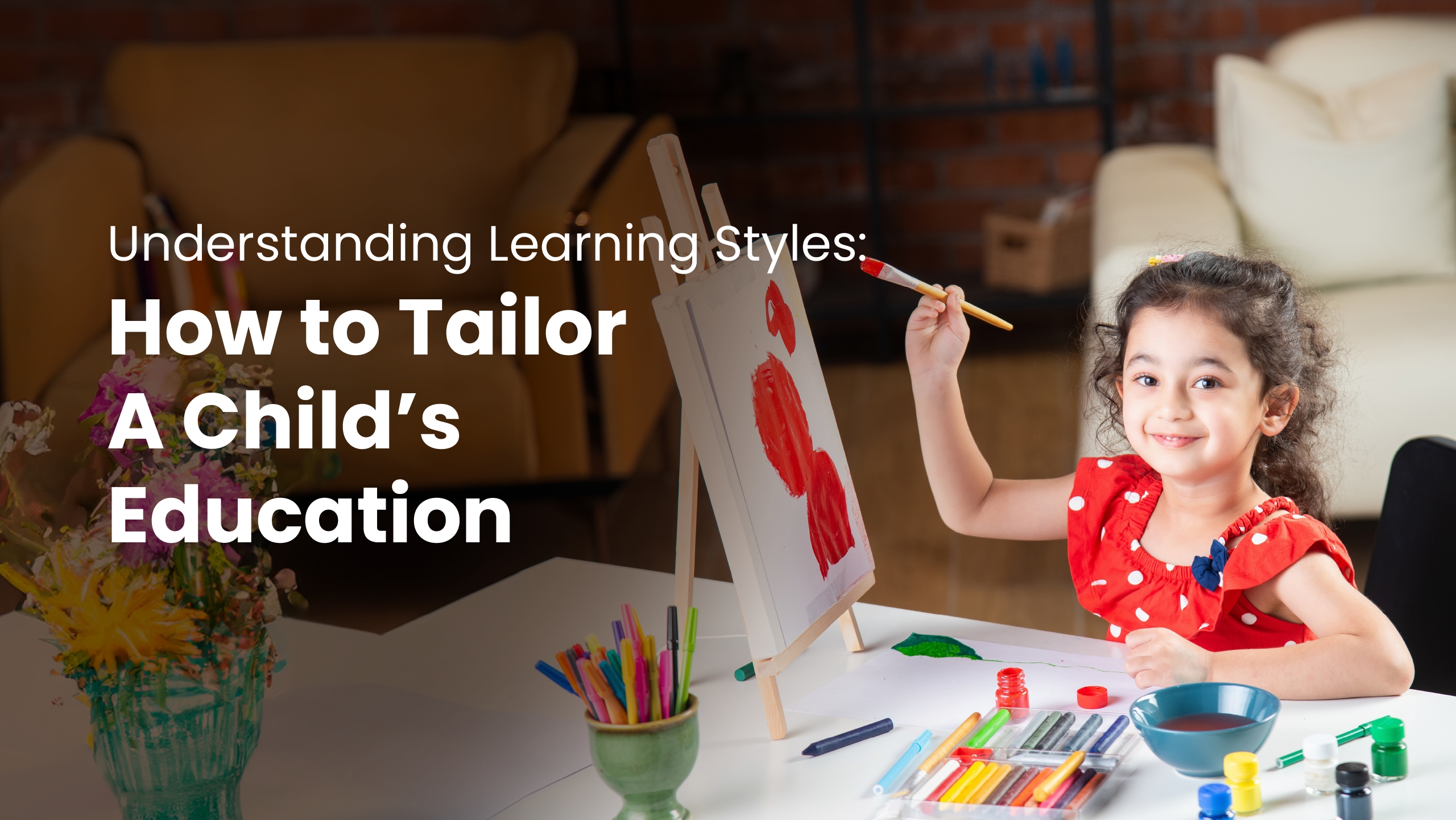Every child is unique, and so is the way they absorb and process information. Understanding learning styles plays a vital role in tailoring a child’s education to meet their specific needs. The traditional one-size-fits-all approach to learning may not suit every child, and as a parent or teacher, recognising a child’s learning preferences can help them thrive academically.
What Are Learning Styles?
Learning styles refer to the different ways individuals process, comprehend, and retain information. There are three primary types: visual, auditory, and kinaesthetic. Identifying a child’s preferred learning style can help one tailor their education, ensuring they engage effectively with their studies.
Visual Learners
Visual learners process information best when it is presented graphically, such as charts, diagrams, or videos. They retain information better when they see it in front of them.
How to Support Visual Learners:
- Use colour-coded notes to organise information.
- Incorporate diagrams, images, and charts.
- Encourage the use of videos and infographics to explain concepts.
- Allow them to visualise ideas by drawing or creating mind maps.
Auditory Learners
Auditory learners absorb information through sound. They excel by listening to lectures, discussions, or audiobooks and often enjoy group discussions.
How to Support Auditory Learners:
- Engage in discussions about their learning.
- Read aloud or encourage verbal summaries of topics.
- Use mnemonic devices or songs for memorisation.
- Encourage the use of podcasts or audiobooks.
Kinaesthetic Learners
Kinaesthetic learners prefer hands-on activities. They find it challenging to sit still for long and benefit from practical experiences like experiments or building models.
How to Support Kinaesthetic Learners:
- Incorporate movement into learning, such as role-playing or building projects.
- Use real-world objects to teach abstract concepts.
- Engage in educational games or activities that require physical involvement.
- Break up study sessions with short, active breaks.
Why Understanding Learning Styles Matters
Understanding child’s learning styles is essential for improving their educational experience. Customising learning approaches according to their preferences boosts engagement, confidence, and motivation. When children feel understood and supported, they are more likely to succeed academically and develop a love for learning.
Adapting to Multiple Learning Styles
While most children have a dominant learning style, they often benefit from a combination of approaches. Adapting education to incorporate different learning styles ensures a well-rounded learning experience. For instance, use visual aids for complex topics, auditory methods for language learning, and kinesthetic activities for hands-on subjects.
Conclusion
Understanding learning styles is key to tailoring children’s education and setting them on a path to success. Whether the child is a visual, auditory, or kinesthetic learner, recognising their strengths allows one to create a more engaging learning environment. By adapting to their needs, one not only helps them achieve academic success but also fosters a lifelong love for learning.


Stay connected, stay informed, and thrive with Narayana Educational Institutions!
